18.4K Lượt xem· 26/03/25· Cách tạo kiểu
Mary Holland argues that the current measles fear-mongering is nothing new—it’s a tactic used repeatedly to drive vaccine uptake. She points to 2015 in California, where it led to the removal of relig
Mary Holland argues that the current measles fear-mongering is nothing new—it’s a tactic used repeatedly to drive vaccine uptake. She points to 2015 in California, where it led to the removal of religious exemptions, 2019 in New York with similar fear-driven policies, and now 2025 in Texas, where the same playbook is unfolding.
Holland sees this as a deliberate ploy to induce panic and boost vaccination rates, rather than a genuine public health crisis. She asserts that the media amplifies this narrative, portraying measles as a deadly scourge, when historically it was a common childhood illness.
Holland emphasizes that the recent case fueling this outrage wasn’t even a death from measles itself, but a medical error—the third leading cause of death in the U.S. She believes this fact could derail the aggressive measles narrative being pushed. As Secretary Kennedy has noted, effective treatments exist for measles complications, yet this is rarely highlighted. Holland recalls that before the vaccine, nearly every child in the U.S. had measles by age 15.
While there were some deaths, they were exceptionally rare—far from the apocalyptic picture painted today. Reflecting on her own childhood, Holland notes that measles was once a routine experience. “Kids had the spots, and everyone knew what it was,” she says. “It wasn’t treated as a life-or-death emergency.” Neighborhoods dealt with it, and life moved on.
Now, she contends, the media frames it like the Black Plague reborn, a stark contrast to lived experience. Holland urges skepticism, calling this hype propaganda meant to manipulate, not inform. With treatments available and history as a guide, she questions why the fear is dialed up so high in 2025.

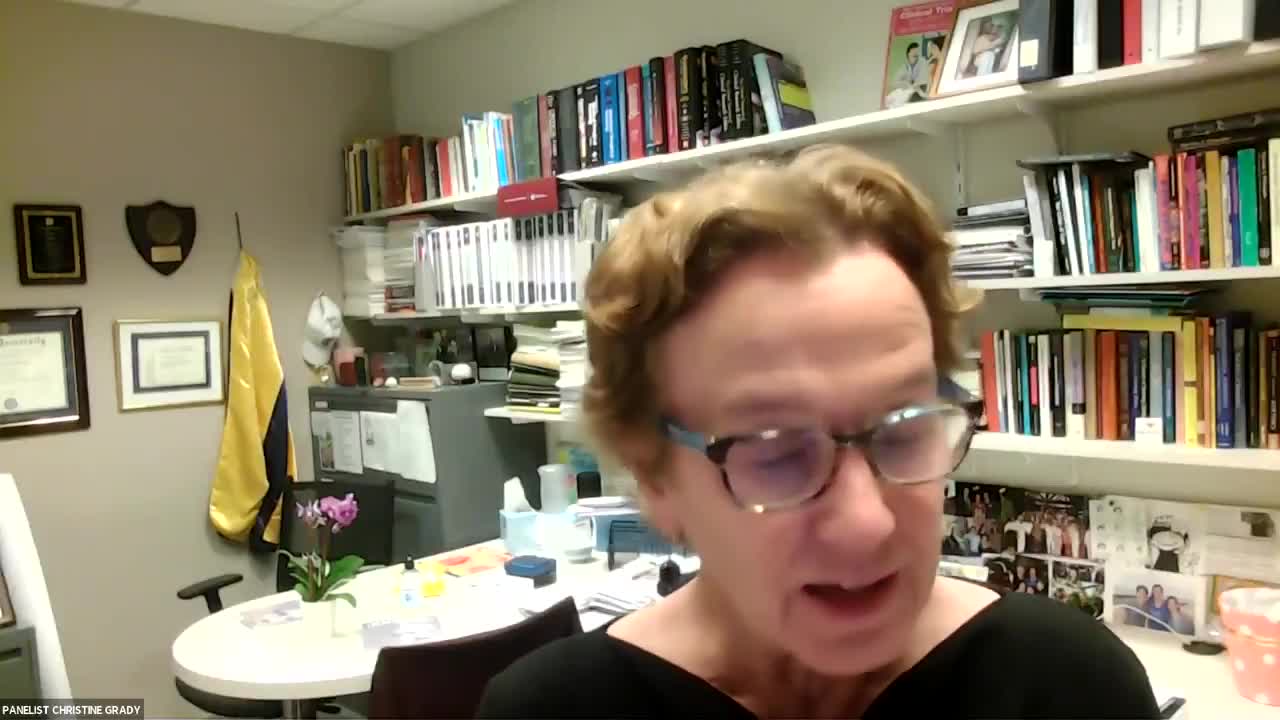
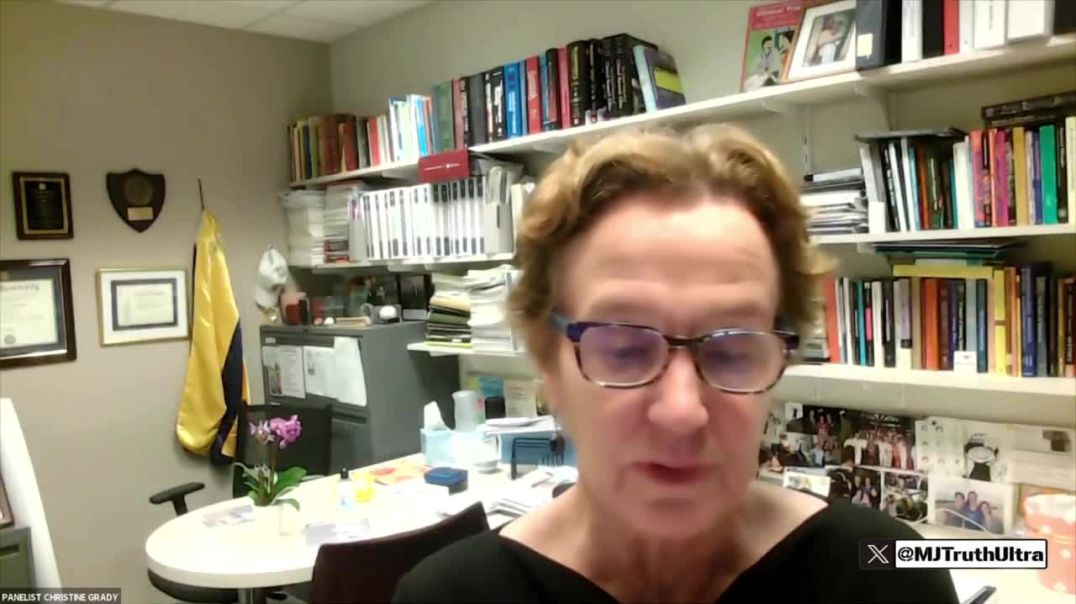
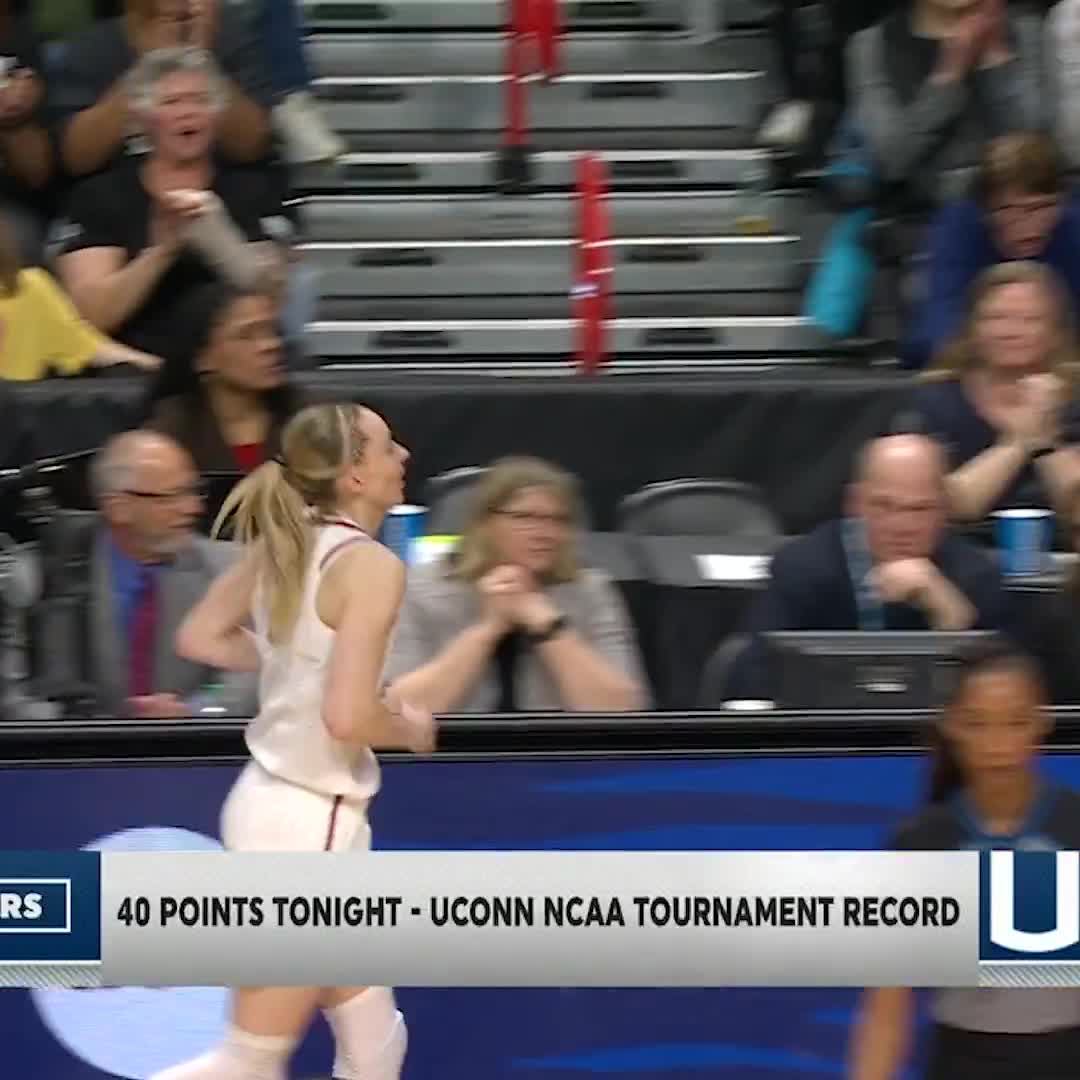
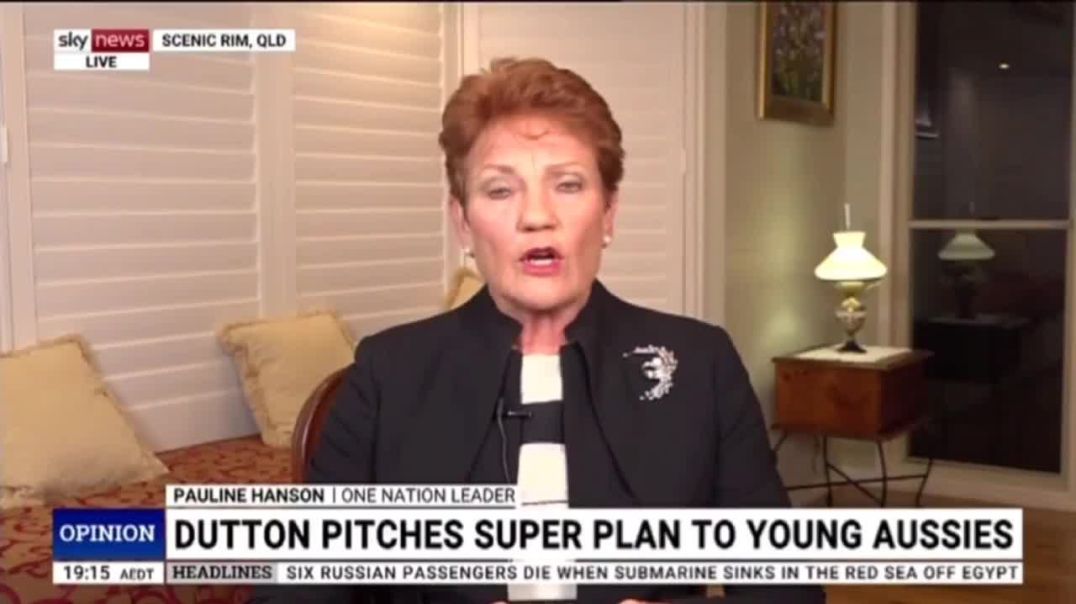
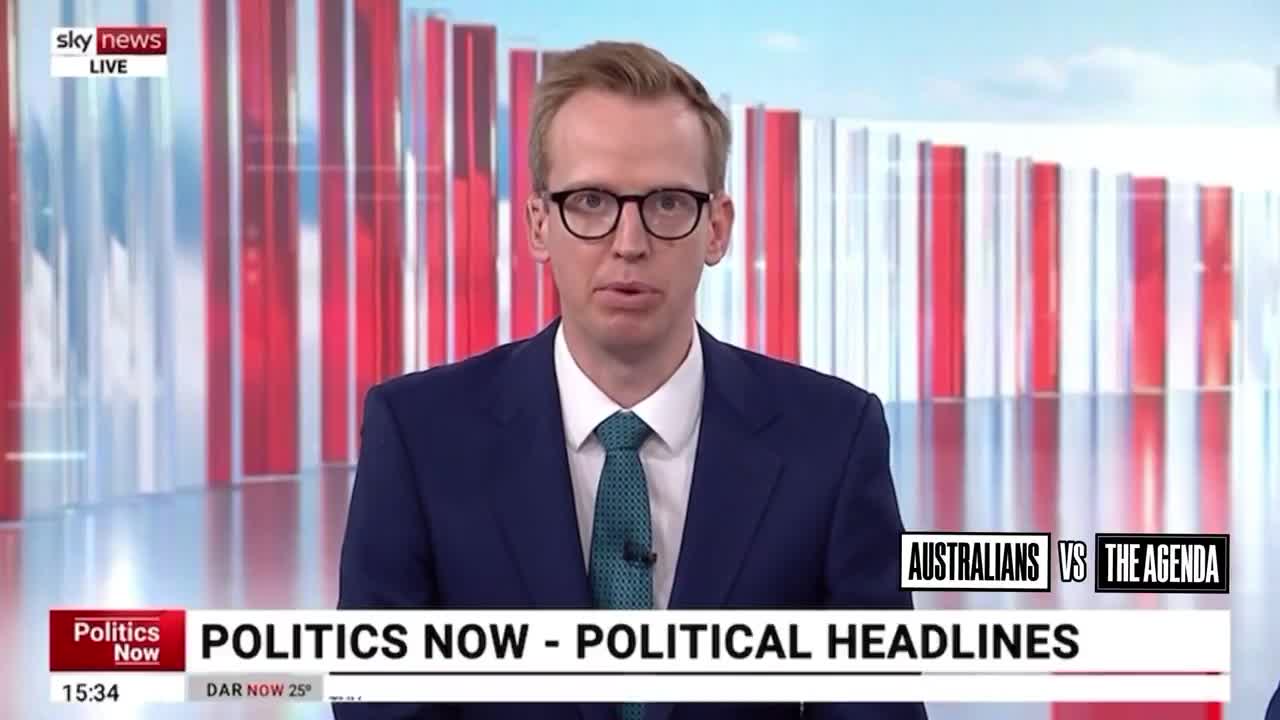
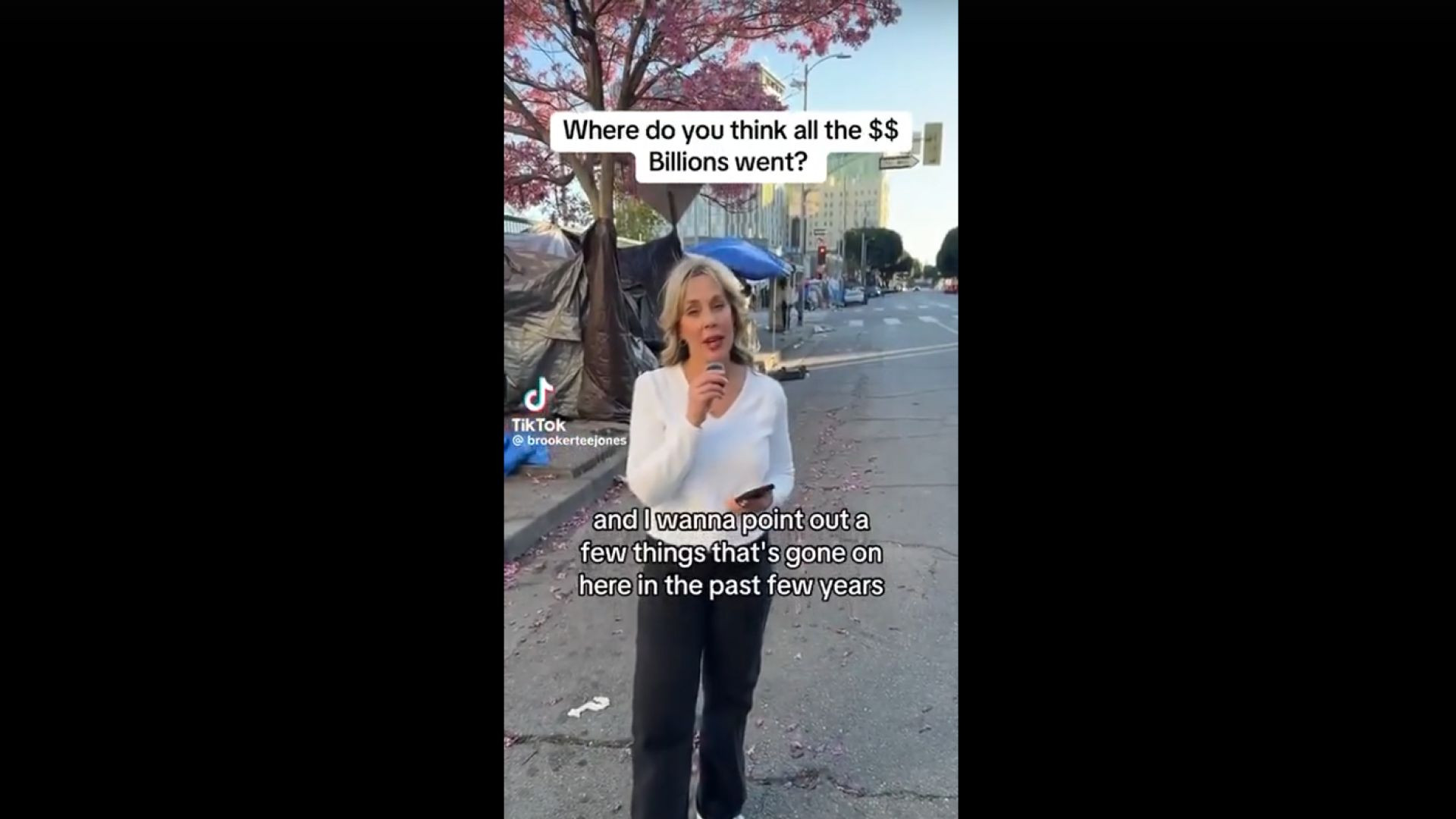



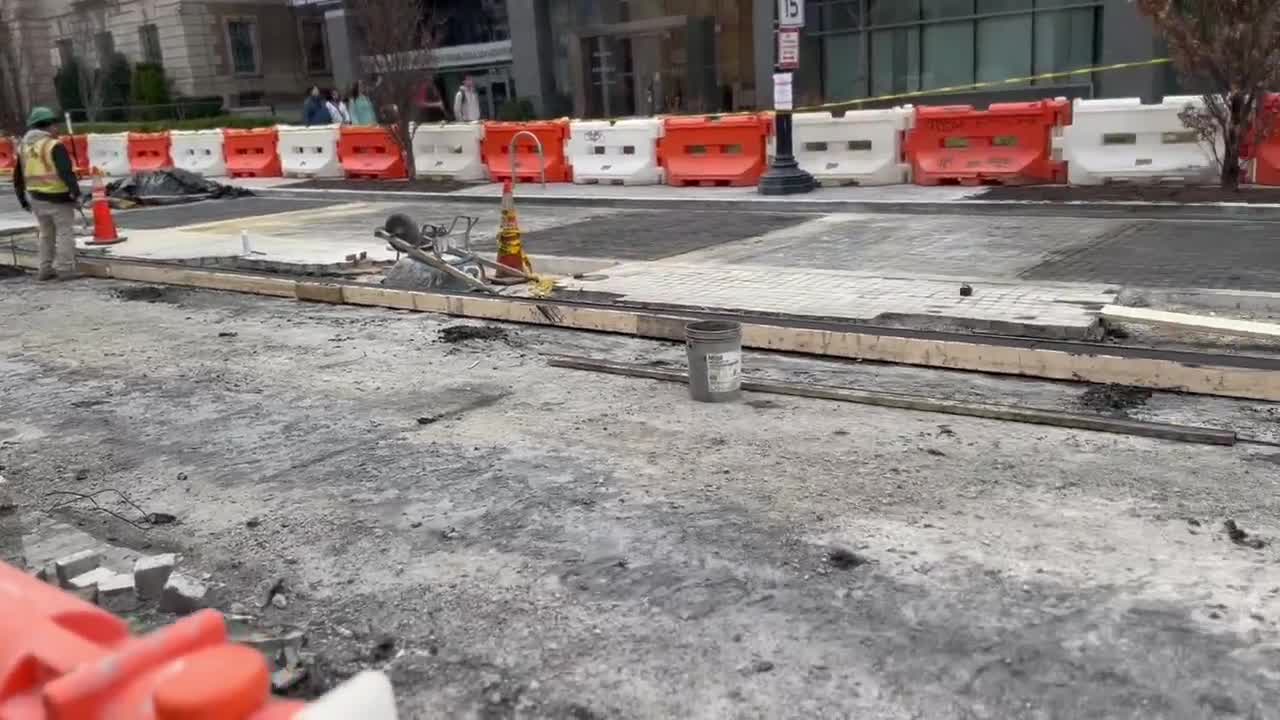
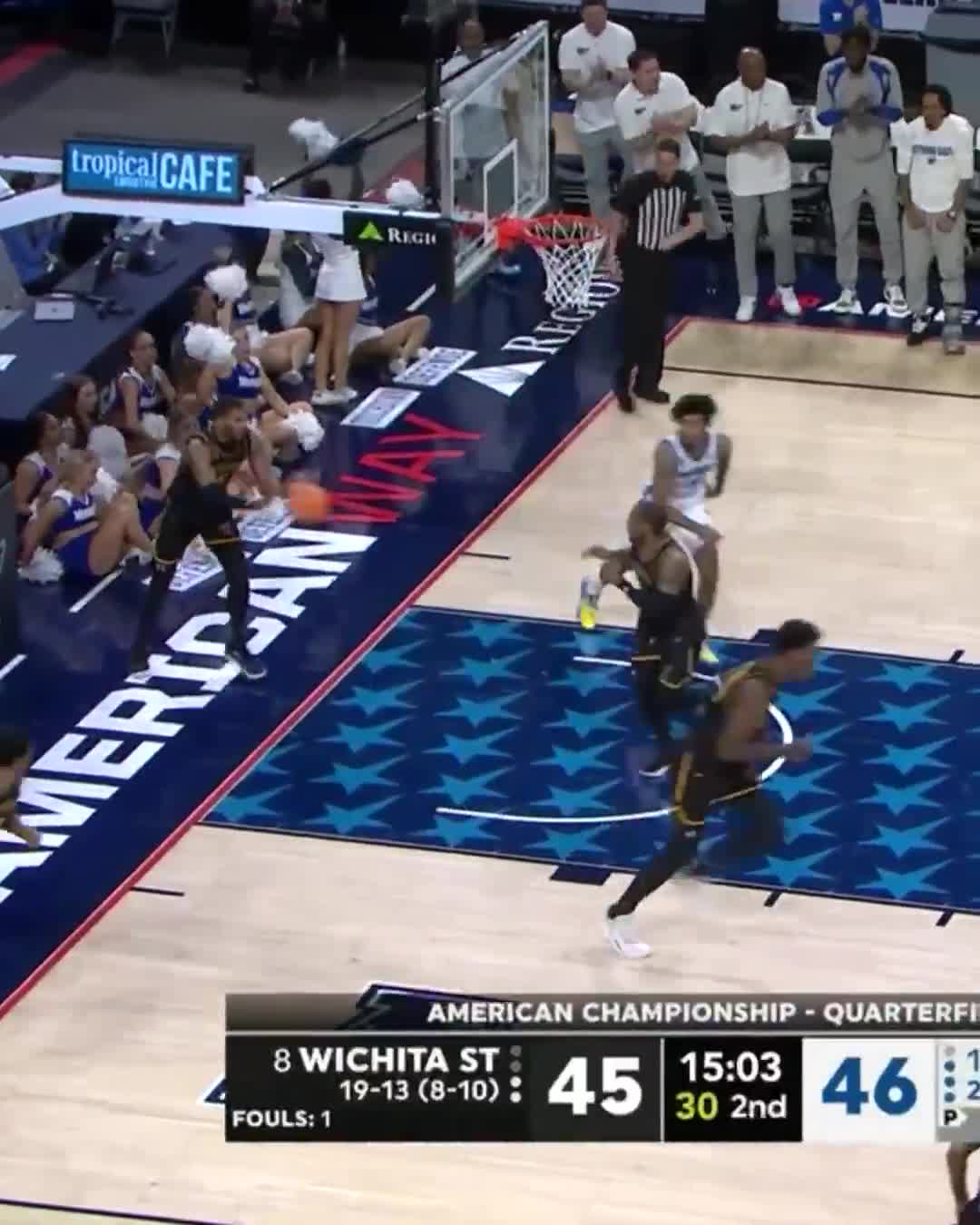


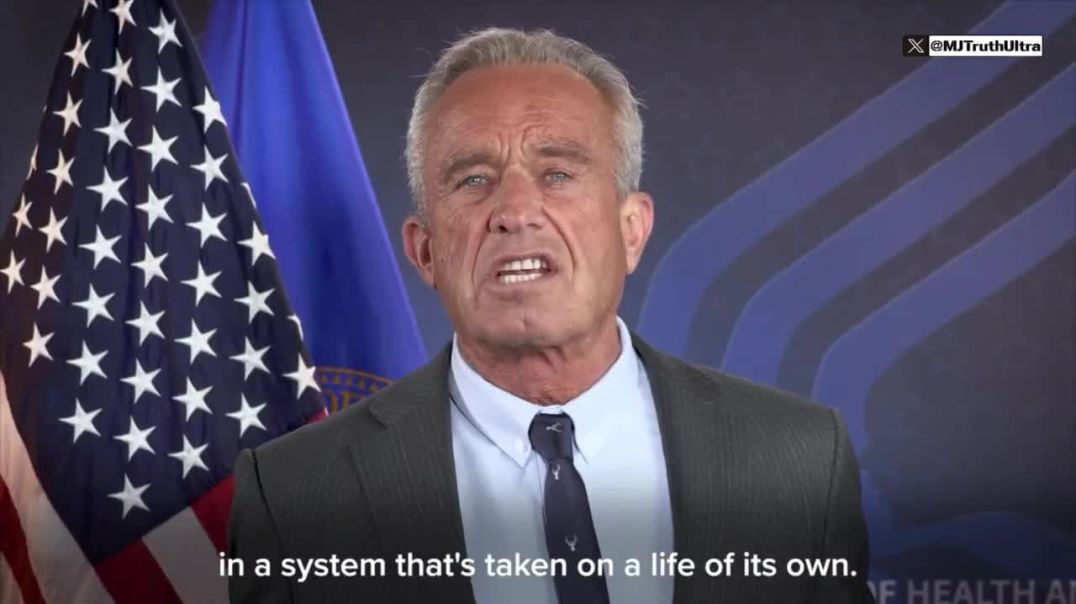
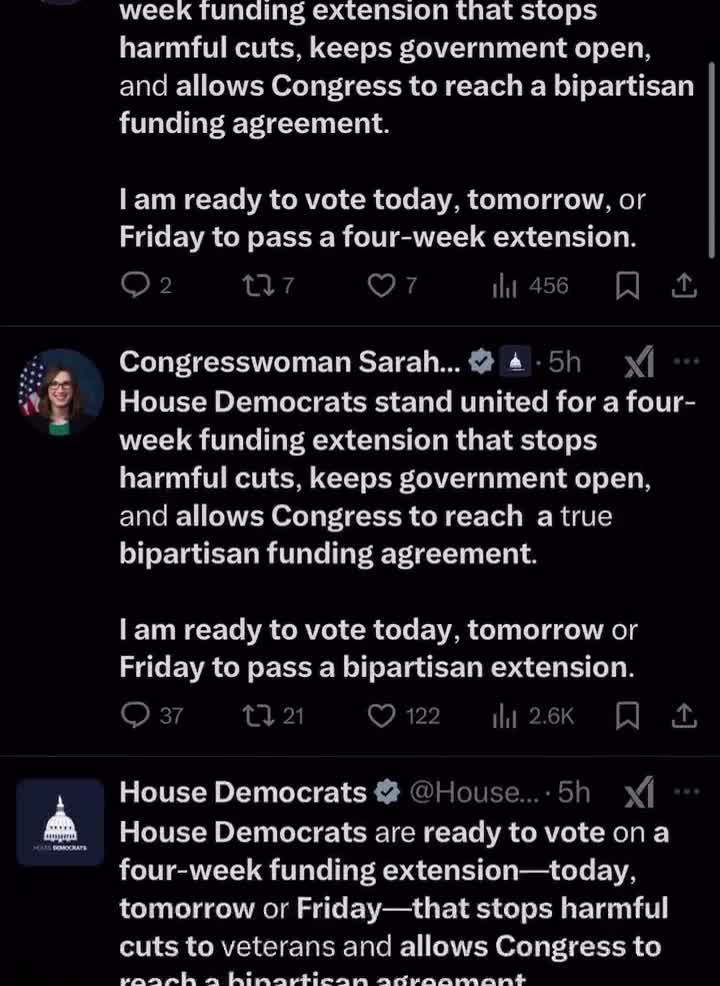
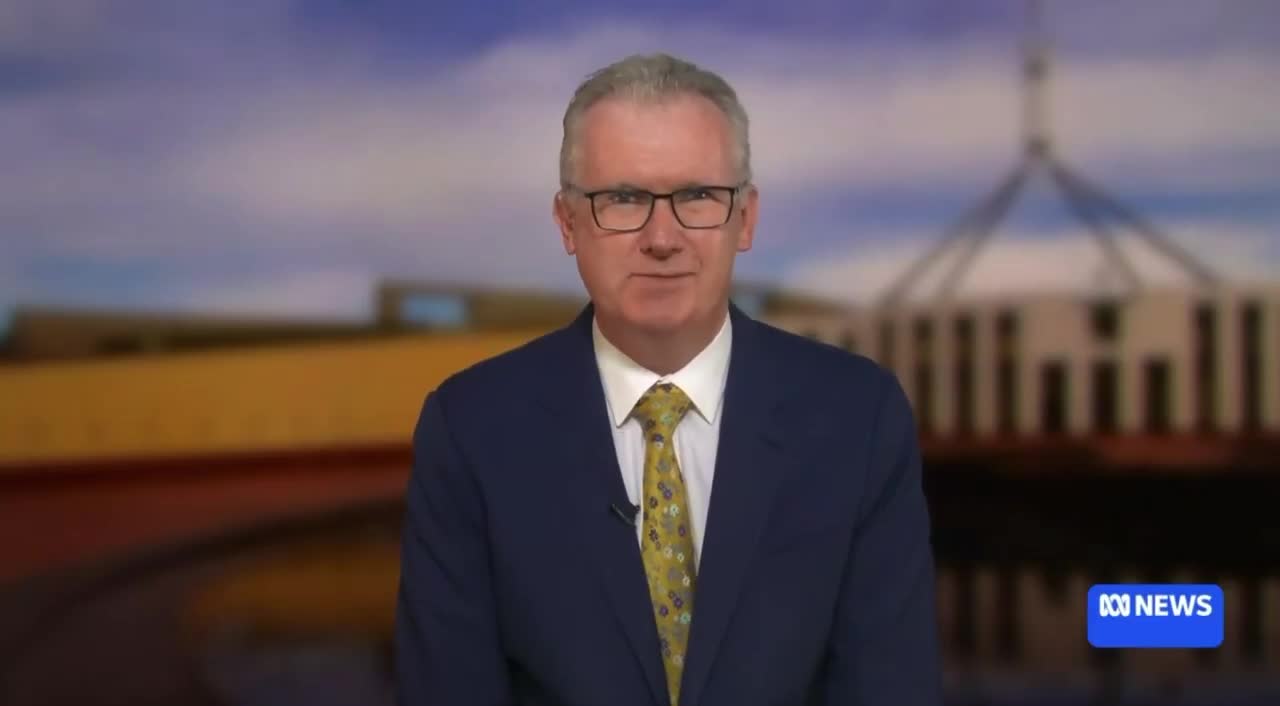
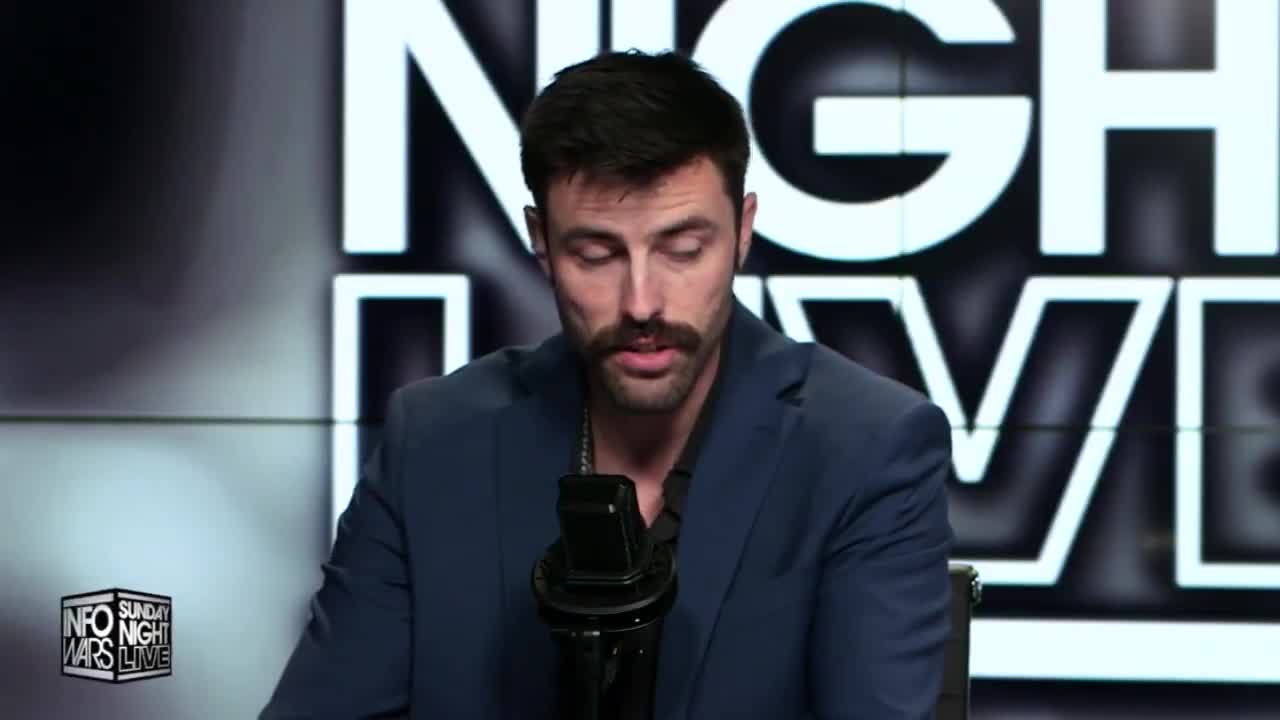
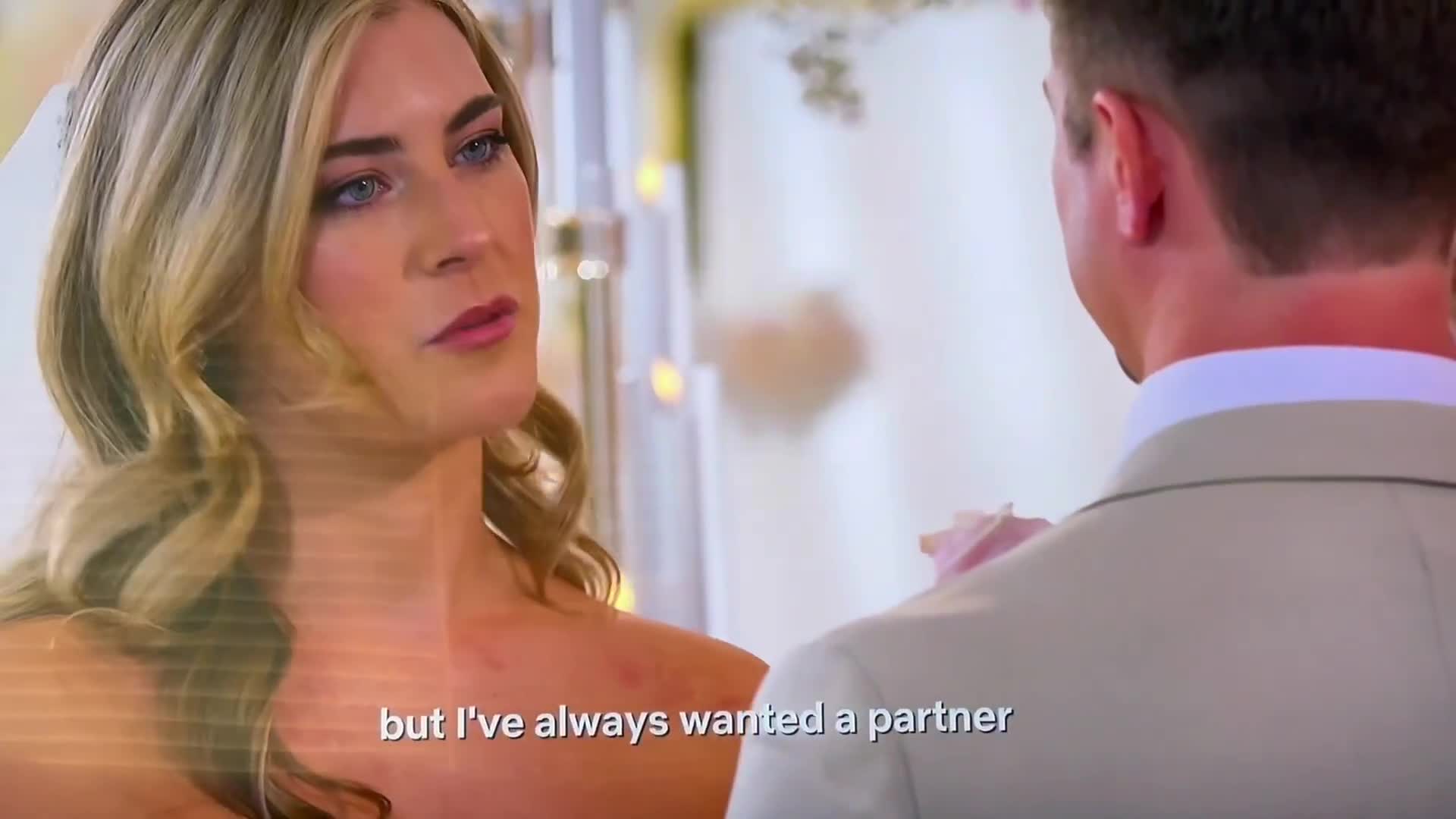
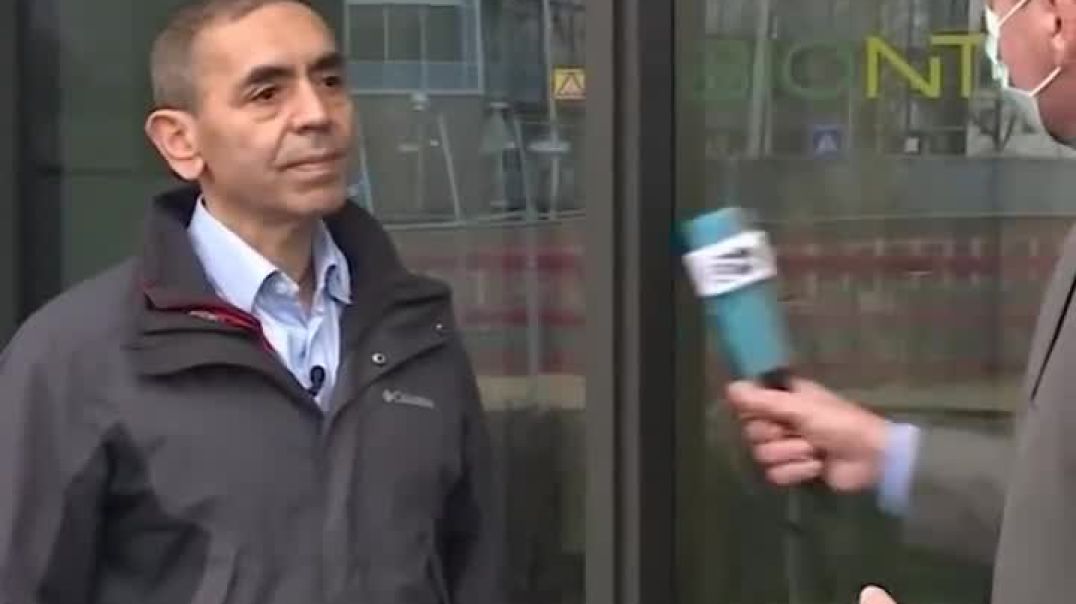
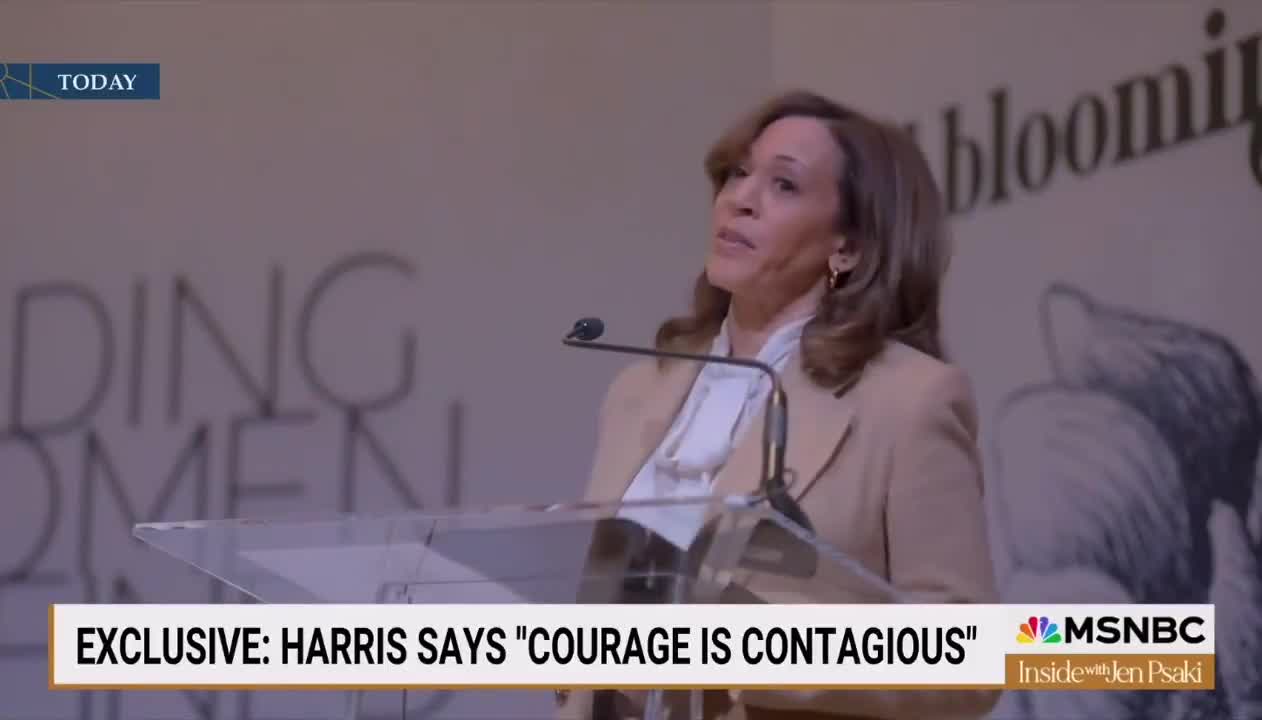
0 Bình luận